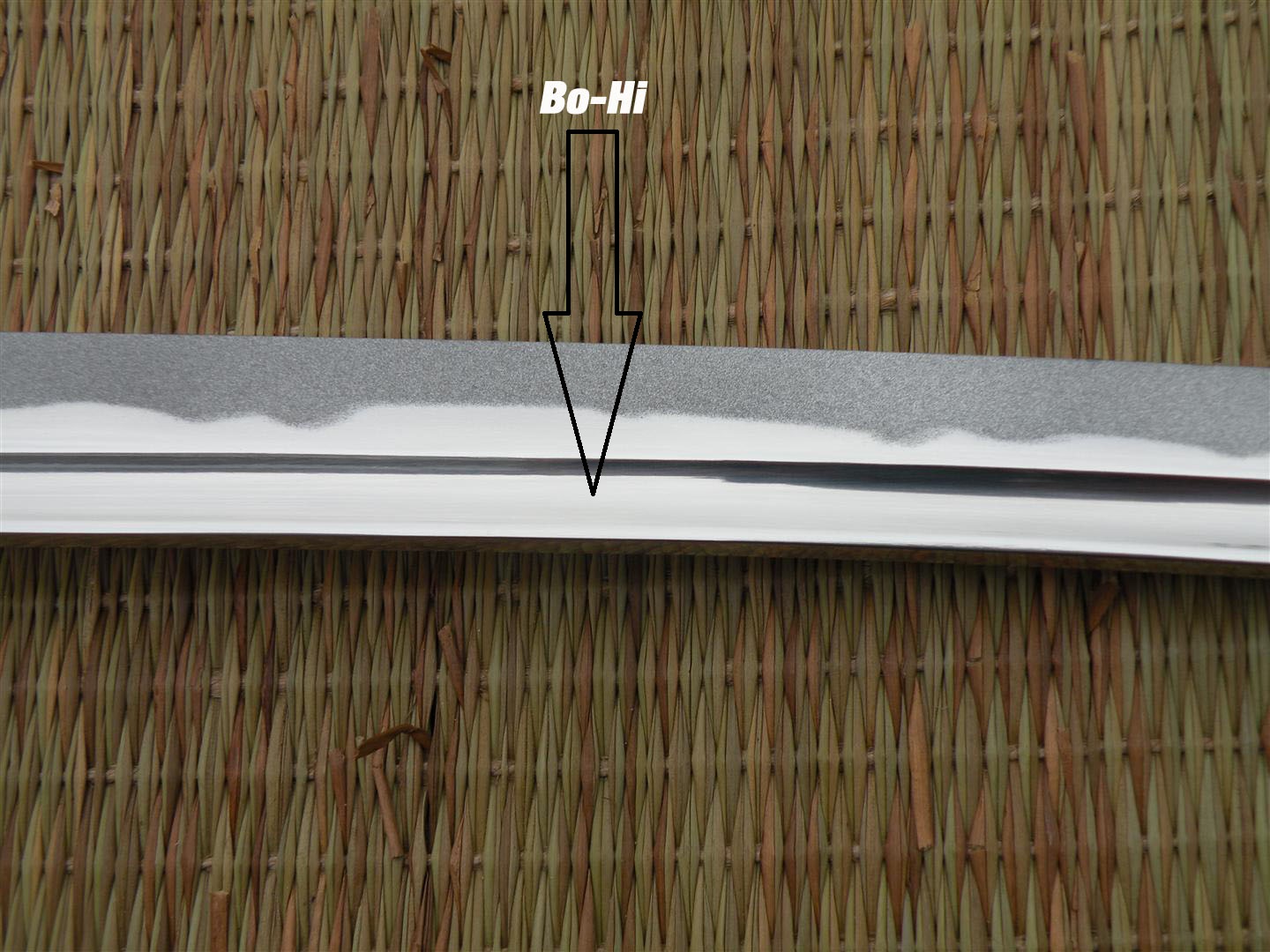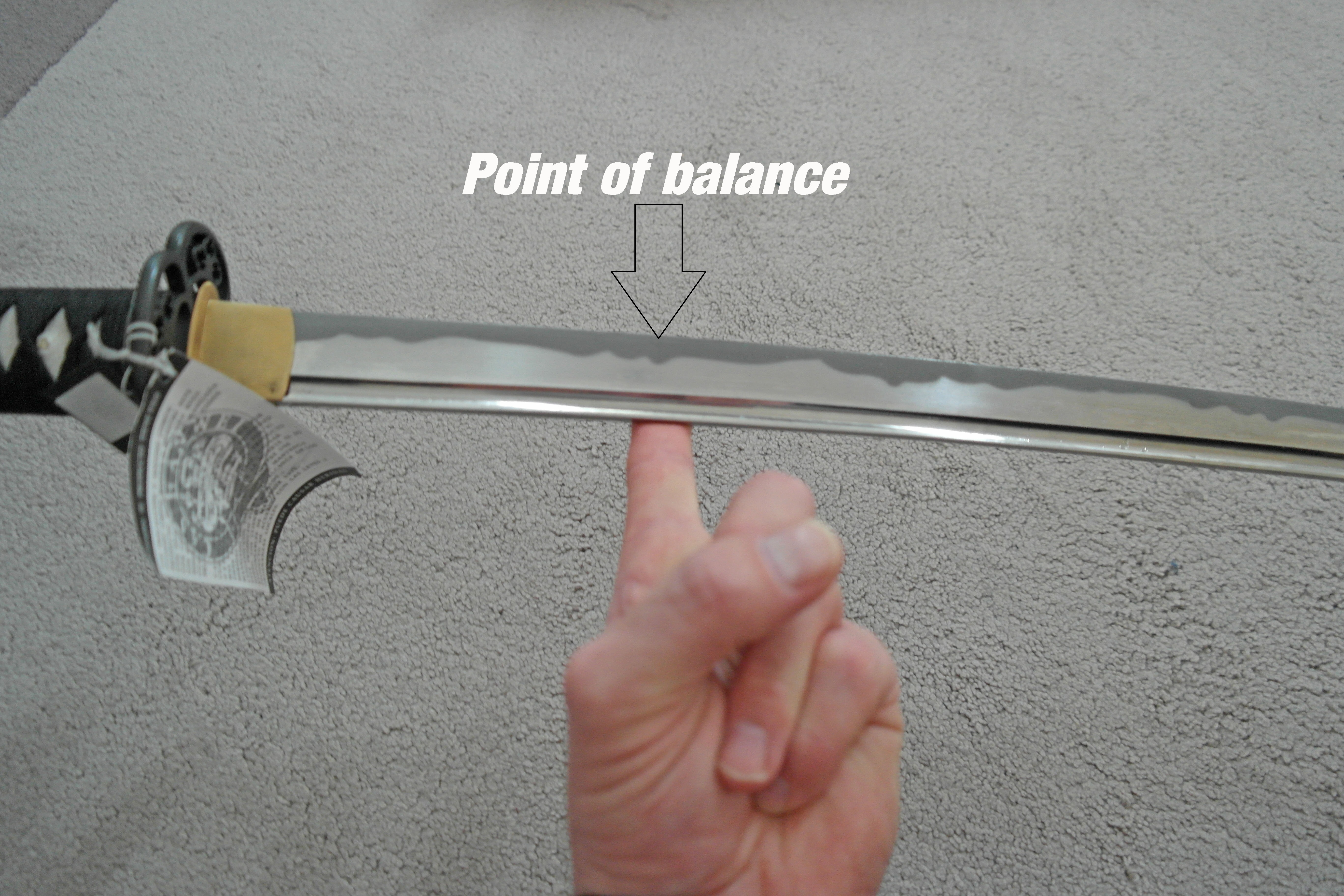Tips for buying an Iaito
Because I get many questions about what exactly the points are where you should look to find out a suitable Iaito I have written some points of attention to consider if you are going to buy an iaito. Training with a suitable Iaito will assist mainly to get your techniques faster at a higher level.
We supply for a long time in many dojos our Iaito’s and no doubt you will ever came across a fellow student with a Japanese Murayama Iaito or Hanwei Iaito or trains with a Shinken of Hanwei. Hanwei produces already 25 years functional katanas and has the most experience of all forges. The decision to go for Hanwei and Murayama is easy, the quality is consistent, there is a lot of experience in the forges, they are listening to feedback from practitioners and delivery times are acceptable. And now there is the possibility to order a Murayama Custom Iaito, this will take a little longer.
Anyway, so you start thinking to buy an Iaito. Training with the bokken you can now leave partly behind you, whether you want to practice bunkai, then there is often resorted to the bokken. At least you Sensei has given its permission to buy an Iaito. An Iaito is an blunt katana and is specifically designed for training.
Basically an open door, but the most important thing perhaps is to talk to your sensei what probably can be a good purchase. Your teacher can properly assess your coarse and fine motor skills, has often seen you training and has probably already an idea about the right length and weight. Each dojo and style has different ideas about weight, height and balance, and therefore for each person and each dojo something else is suitable.
Also, it is not wise to impulsively buy an Iaito, you have a lot of " junk " sold on the internet, which is sold by people who do not spent a lot of time in a Dojo and train with Iaito’s or Shinken. You can better spent a lot of time orientating what exactly is the best for you. It would be unpleasant if you buy an Iaito that may be unsafe or does not contribute to improve your techniques or may not been used in the Dojo.
Iaito Blade
In my view you can see an Iaito as a step moving forward to a Shinken, here you come across a crossroad. You basiicly have two options, or three if you take High carbon steel also. Most Iaito’s are made of Zinc/Aluminium or Stainless steel. The big difference between those options is the specific weight. Stainless steel properties looks more like High Carbon steel. As already mentioned , this is where most of the steel shinken (sharp katanas) are made of, this steel is in fact harder and more suitable for a sharper edge. Differential hardening will occur an extra advantage, because it causes a relatively softer mune (back), this ensures that the blade will bend rather than break when the blade will hit anything with too much impact. You can see it like an advantage if your Iaito is made in properties near coming of a High Carbon Steel katana, your transfer will me smaller. It is a fact most Iaito’s are lighter to protect your joints and help to develop your muscles and technique. Technique is the most important of all aspects mentioned. Zinc/Aluminium Iaito’s are made of alloy which is much lighter so to is real big benefit and most of them are made in Japan.
Specific weight is measured in kg/m3, I will just quote the values .
|
Steel (alloy) |
Kg/m3 |
|
Aluminiun / Zinc |
2700 - 3400 |
|
Stainless Steel |
7930 |
|
High Carbon Staal |
7800 |
Therefore you must make a clear choice for yourself. Basically I recommend to practice with an Iaito of hardened stainless steel or Zinc / aluminium. If you want to make a smaller step you take Zinc / Alumium, this is better for your joints and technique. When it is important to transfer quick from Iaito to Shinken then stainless Steel might be the right choice.
Murayama Iaito’s are handforged inJapan, including the koshirae (fittings). The Zinc/aluminium blades have an excellent balance and are mounted with a lot of experience. Very much attention for the Ito wrap, tsuka shape and made by crafsmen with 100% made inJapantraditional materials. A Zinc/Aluminium Iaito requires minimal mainteance and an artificial hamon in different types.
The Hanwei forge tempers the Iaito 's in a correct way and this creates a hardened blade with ideal features for training. The hamon line whick you can see is artificial and is applied with a brush. The Iaito blades from Hanwei also require minimal maintenance, because it will not oxidize .
Note that a stainless of zin/alumium Iaito is also not suitable to start practicing Tameshigiri.
To Bo - hi or not to Bo -Hi
A bo-hi , which is the longitudinal groove in your blade has a dual function. At first it should ensure that you Iaito terms of weight and balance is optimized to perform proper techniques. In fact the Hanwei and Murayama Iaito 's with a single Bo -Hi are sufficient.
The bo-hi also affects the Tachi-kaze, which is the auditory feedback you get when you perform a technique, this allows you to check whether your cut is performed in a correct way.

Iaito Length
I want to talk about the length of your Iaito which suits you well, this depends on several variables. The appropriate length of your Iaito can be difficult because there are several aspects that will affect your optimal length and are crucial to improve your techniques.
At first is that your physique and your relation between the length of your arms and your torso.
The first draw, also called Nukitsuke, should be able to perform fluently, but with a new Iaito you will need to get used to it. The weight is different, the Koi-guchi, or opening of your Saya is different from the plastic saya where you trained with in the past. This certainly will not go quietly, if your length is good , this will come later after many hours of training. The hips should rotate not to much with this movement , it naturally moves with your saya biki (the movement of the saya). It also varies by position, from Seiza or Tachi waza. So basicly move from your hips and shoulders, but not with your arms .
The back stabbing your Iaito (noto) in the saya (scabbard) should go with the same ease and fluently in complete concentration and alertness ( zanshin ).Your body and arms should in principle be able to do this without to much trouble. If it is not "correct" I think that your arms are too much outwards or diagonally upward to perform Nukitsuki and Noto smoothly.
What you can do of course in the Dojo is to try some Iaito 's to see if they fit to your body. If it is too easy, and you can bend your arm completely then you Iaito is too short, it costs too much trouble then the Iaito is probably too long. In some books, it is shown to keep your sword vertically next to your body and keep up with the kissaki ( point) slightly above the floor at an angle between 15 and 20 degrees , this is not entirely reliable since I 've seen many times you still cannot fluently draw your Iaito, this has to do especially with your body relation.
Which is widely used is the Shaku and Bu, a Japanese and Chinese measure of length. The funny thing is this measure of length originally from nature and the average length between nodes on a bamboo stalk. A Shaku is 30.3 inches and a Bu is 3:03 inches. In the diagram below you can see the recommended average lengths .
Second varies with the Dojo, some styles mainly want a longer tsuka (handle). The training in the Tenshin Shoden Katori Shinto Ryu differ from Muso Shinden Ryu Iaido, what I train myself .
The third is the weight and balance. The balance is an important aspect of your Iaito. Physically speaking, the mass , strength and speed are important, looking at it completely, you 'll also have gravity and theory of relativity. ( that mass and energy can be converted into each other ), but these aspects I will ignore for consideration.
With your mind and your muscles you will bring your Iaito in motion (force) and your Iaito with mass wants to follow with a certain speed. If the weight it to low your Iaito will not follow a straight line and will quickly go out of the line, something you do not want.
So you are looking for a Iaito that moves with ease, but with such a weight you can make a good technique. The mass and weight should be optimal because you want to stop it the right time. There are two points of rotation , the first can be found on the tsuka ( handle). In this place you can develop leverage forces that can influence your cut. The next rotation , also called balance point, will spread the weight.
Simply put, the point at which you can balance your Iaito on your finger .

Iaito’s differ in balance point , this is often referred with aggressiveness , the POB more to the front is considered to be a more aggressive blade. Most properly balanced Iaito have a POB (point of balance) between 12.5 and 18 cm . I have seen forges passing with a total incorrect balance point. In the past I have seen sometimes a Kaneie Iaito with a POB of + / - 7.5 cm , so that is much too close to the tsuka and this will not contribute to train comfortably. The weight of an average Iaito will be between 875 and 1025 gram , but this is highly dependent on your height. Because women will often go for a shorter Iaito those will be lighter ( + / - 100 grams ). These are common weights, when you train with a lighter Iaito, this is simply not realistich and you will make more irregular cuts. An overweight Iaito can cause injuries and the mass is difficult to stop, and "pulls " you completely out of balance . You actually runs more behind your Iaito.
Tsuka
What determines the total length of your Iaito is also partly dependent on the Tsuka (Handle). The handle is also called the tang portion of the blade, that extends below your handle do you call the Nakago. This is also partly affect your POB, just like the weight of your tsuba and other fittings. The tsuka are basicly two wooden planks where the tang is chiseled and put togehether with two bamboo pegs( mekugi ). When a forge is using soft wood or forges are not accurate to check this quality than it can be dangerous. Your Iaito should always have an option to disassembled to check this. I strongly advice to do this yourself when you have bought a new Iaito.
A longer blade and usually heavier blade requires a longer tsuka for a good balance. With the length of your Tsuka you can also play with your POB, the shorter of the more you will be POB forward because the weight will be distributed differently. A tip from a very high-ranked Iaido-a I've gotten is the following. The length of your tsuka should be at least the length between your elbow and the place where your wrist touches your arm. Maximum length should be about three times your hand , but this is highly dependent on the style that you practice. In Muso Shinden Ryu Iaido is often quoted, the two finger rule, so two hands and two fingers, this will typically cause a handle length of between 20 and 25 cm. When you strongly want to hold on to this rule, by the advice of your sensei, or yourself a custom Iait is probably the best choice .
The thickness of your Tsuka will affect the Tenouchi principle. Te = hand = No Uchi = inside, or inside your hands . This is an important aspect because at this point you make contact with your Iaito, so the grip that you have on your tsuka . In terms of power distribution of the hands, you can assume that the thumbs far the least, or the little fingers hold the strongest grip. So your handle excessively thick or thin will have adverse effect on your control.
In order to keep a tsuka together and to have a good grip, the handle is being wrapped with Ito (wrap). This can be done with different materials, widely used is cotton because it absorbs sweat , many people finds it enjoyable. Also often you see a lot silk , suede and leather. What is important is the wrapping has a tight fit around the tsuka to train and does not move for a long time. The level of detail is often an indication whether a professional has been doing the job. The white areas between the wrapping on the tsuka are known as diamonds and when they are even you can assume a high level of commitment . The wrapping in turns, turn and turn about, every other one are for safety reasons , because when one part shall break then it will not come off the handle at once.
What strikes me lately, I sell Iaito’s for over 10 years, you have some players with aggressive marketing as they try to sell a much as possible. That’s not wrong in itself, but some forges, such as use Kaneie are using too soft wood for the Tsuka (handle), so it is waiting for an accident. These vendors are totally unaware of whether an Iaito is aggressive or not, so if the balance point for example is more forward. I check every Iaito personal, because of these safety aspects, I wish all of them them did. Unfortunately I see some customers bringing in their old Iaito with defects and you really can be happy never an accident occurred.
So there are still a lot of things to look at with choosing a correct blade length. It certainly is a personal matter. I personally find it a good development Hanwei now offering the ability to create a personal custom Iaito. Finally it is an extension of your soul and it will reflect in your Iaito.
I have an expanded range Hanwei Iaito 's to choose from and usually everything is in stock , custom is also an option. If you want to buy an Iaito in Eindhoven, Amsterdam or The Hague everything is possible nowadays with webshop.
DOMO ARIGATO GOZAIMASHITA
Jordy Klaver
Strengweg 1 C
1969 KP Heemskerk
Tel: 06 55696938

